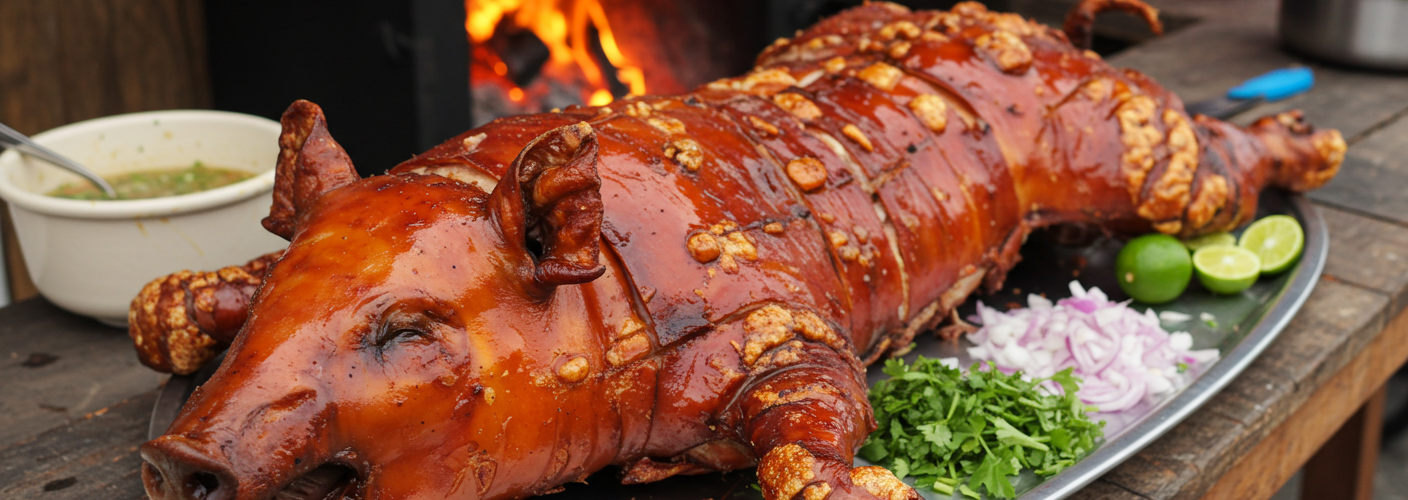When it comes to traditional cuisines around the world, few dishes evoke the same sense of celebration and community as hornado — a whole roast pig that is not just a meal but an experience. With its origins deeply embedded in the culture and history of Ecuador, hornado stands out as a mouthwatering centerpiece for festivities, family gatherings, and local festivities.
The Origins of Hornado
Hornado hails from the Andean region of Ecuador, particularly in the province of Imbabura. This dish is a testament to the country’s rich culinary traditions, where cooking methods are passed down through generations. Historically, preparing a hornado involves marinating a whole pig, often weighing between 20 and 30 pounds, in a blend of spices that might include garlic, cumin, and achiote, imparting a beautiful color and flavor. The meticulous preparation begins hours before, as the pig is seasoned and allowed to soak up the flavors.
The Cooking Process
The preparation of hornado is as much an art as it is a science. The pig is typically roasted in an horno, a traditional oven made of clay or brick, which uses wood for fuel. The slow-roasting technique allows the meat to become tender, while the skin crisps up to a golden perfection. The key to a great hornado is the balance of time and temperature; it can take anywhere from four to six hours of cooking, depending on the size of the pig. As the aroma fills the air, anticipation builds, making the cooking process a beautiful communal experience.
Serving and Enjoying Hornado
Once the hornado is ready, the spectacle begins. The sight of a beautifully roasted whole pig is enough to gather a crowd. The dish is usually presented with a side of llapingachos (potato pancakes), corn, and a refreshing salad, but it can also be served with traditional sauces like ají. Each element complements the succulent meat, creating a harmony of flavors.
Eating hornado is more than just satisfying hunger; it’s an opportunity to bond with loved ones. The experience of sharing, carving, and enjoying the dish together transforms a meal into a memorable occasion. Many families have their own variations and side dishes, tailoring the experience to their cultural influences and personal preferences.
A Symbol of Celebration
Hornado is often the star of significant events, such as birthdays, weddings, and major holidays. Its presence on the table signifies prosperity, good fortune, and joy. The ritual of preparing and serving hornado not only highlights the importance of food in social connections but also showcases a deep respect for culinary heritage.
Conclusion
In a world where culinary traditions sometimes fade, hornado shines as a celebration of culture and community. It’s a dish that encapsulates the spirit of togetherness, requiring patience and care to create the perfect roast. Whether you’re a seasoned chef or someone looking to try something new, preparing hornado is a rewarding adventure. As you gather friends and family around the table, the shared experience of enjoying this delightful feast is sure to create lasting memories, ensuring that the tradition of hornado remains vibrant for generations to come.




Add comment